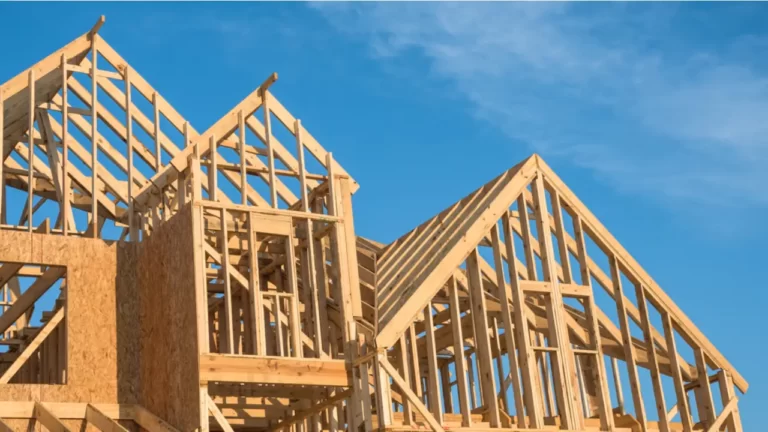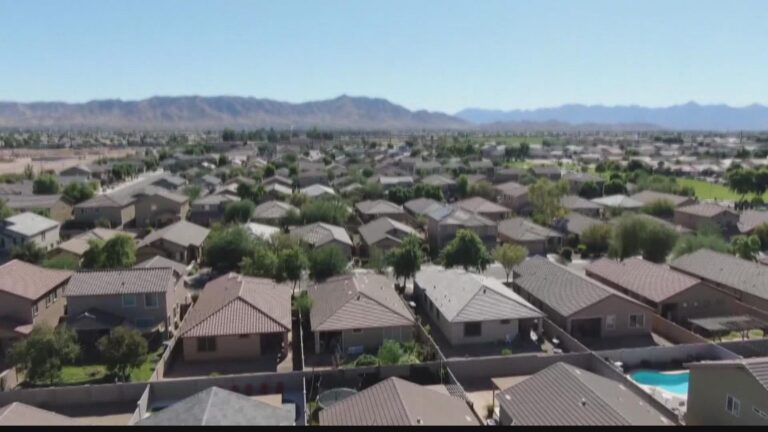If you are a homeowner looking to access some of the equity in your home, a cash-out refinance may be an option for you. But can you get 90% on a cash-out refinance? Let’s explore the options.
First, let’s define what a cash-out refinance is. A cash-out refinance is a type of mortgage refinancing that allows you to borrow more than you currently owe on your home and receive the difference in cash. This means that you are essentially taking out a new mortgage with a higher balance than your current one, and using the difference to receive a lump sum of cash.
One of the key factors in determining how much you can borrow through a cash-out refinance is the loan-to-value ratio (LTV). The LTV is the amount of your mortgage loan compared to the value of your home. For example, if your home is worth $500,000 and you have a mortgage loan of $300,000, your LTV is 60%.
When it comes to a cash-out refinance, many lenders will require a lower LTV than for a standard refinance. This is because they are taking on more risk by lending you additional money beyond your current mortgage balance. However, there are options available for those looking to access a higher percentage of their home’s equity.
One such option is the High LTV Refinance Program (HLRP). This program is available to homeowners who have a loan-to-value ratio of 97.01% to 200%. This means that you can potentially access up to 90% of your home’s value through a cash-out refinance.
However, eligibility for the HLRP program is based on a number of factors, including your credit score, debt-to-income ratio (DTI), and the type of property you own. You may also be required to pay mortgage insurance or have a certain amount of equity in your home.
If you don’t qualify for the HLRP program, there are still other options available to you. One is to improve your credit score, which can help you qualify for a higher LTV ratio. Another is to make a larger down payment when you initially purchase your home, which can help you build equity more quickly.
First, it’s essential to understand that the amount of cash you can receive from a cash-out refinance depends on several factors, including the value of your home, your current mortgage balance, and your credit score. Generally, most lenders allow you to borrow up to 80% of your home’s appraised value, minus your existing mortgage balance. For instance, if your home is worth $500,000, and you owe $300,000 on your mortgage, you could potentially borrow up to $100,000 through a cash-out refinance (80% of $500,000 is $400,000, minus $300,000 is $100,000).
However, some lenders may allow you to borrow up to 90% of your home’s value in certain cases. For example, if you have a high credit score and a low debt-to-income ratio, you may qualify for a higher loan-to-value ratio. Additionally, if you have a good reason for needing the extra funds, such as making significant home improvements or consolidating high-interest debt, a lender may be more willing to lend you more money.
Keep in mind that borrowing more than 80% of your home’s value may come with some drawbacks, such as higher interest rates, higher monthly payments, and the need to pay private mortgage insurance (PMI) if your loan-to-value ratio exceeds 80%. PMI is an additional monthly cost that protects the lender in case you default on your loan.
Another factor to consider when deciding whether to get a 90% cash-out refinance is the closing costs. Refinancing your mortgage involves paying various fees, such as appraisal fees, title fees, and origination fees, which can add up to thousands of dollars. If you’re planning to borrow a large amount of money, it’s crucial to factor in the closing costs to see if a 90% cash-out refinance makes financial sense.
It’s also important to consider the costs associated with a cash-out refinance. Closing costs for a cash-out refinance can be higher than for a standard refinance, and may include appraisal fees, title fees, and origination fees. You will also need to factor in any mortgage insurance premiums that may be required.
When deciding whether a cash-out refinance is right for you, it’s important to weigh the benefits and drawbacks. On the one hand, a cash-out refinance can provide you with a lump sum of cash that you can use for a variety of purposes, such as home improvements, paying off high-interest debt, or financing a large purchase. On the other hand, you will be taking on additional debt and will likely have higher monthly mortgage payments as a result. Check our Refinance Calculators.
In summary, it is possible to get a 90% cash-out to refinance in certain situations, but it depends on your creditworthiness, debt-to-income ratio, and other factors. Borrowing more than 80% of your home’s value may come with higher interest rates and additional costs, such as private mortgage insurance and closing costs. Before deciding on a cash-out refinance, it’s essential to weigh the pros and cons carefully and consult with a financial advisor or mortgage lender.
It is a good idea to first check your middle credit score to ensure it is strong enough to avoid the high rates, fees, and often points that are guideline standards with otherwise low middle credit scores. Middle Credit Score® advise consumers on how to strengthen their middle credit score, positioning them for the most ideal terms from the pool of lender affiliates they will place consumers with upon their complete review of a consumer’s middle credit score.






